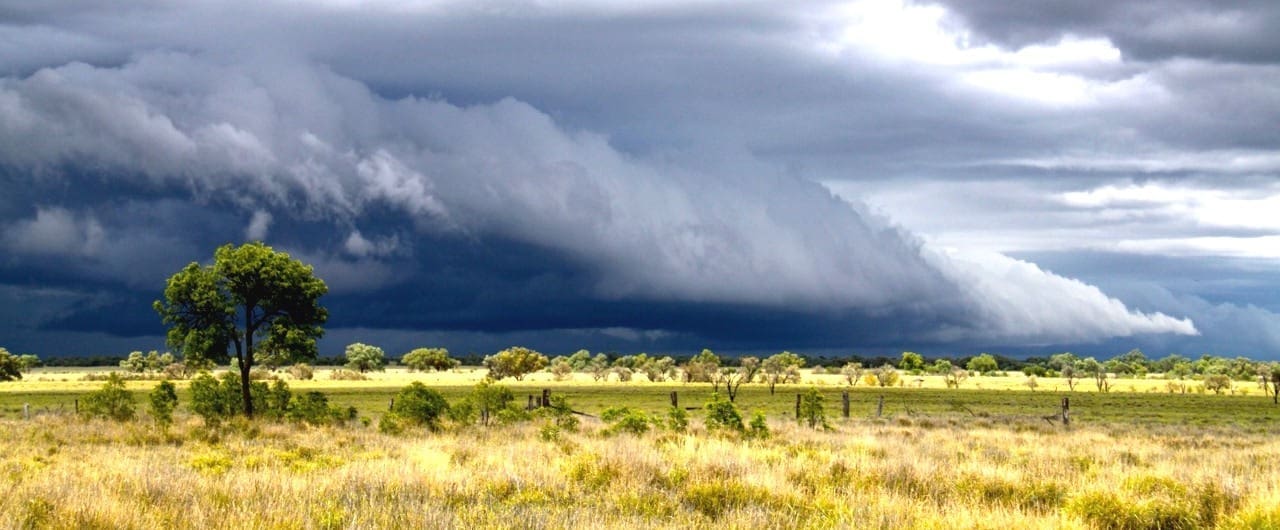
A TEAM of researchers from the University of Melbourne, Bureau of Meteorology and CSIRO has assessed the likelihood of different types of ENSO events developing in succession – the results from which have enabled them to deliver more accurate and timely forecasts.
Australian climatologists closely monitor atmospheric and oceanic conditions to assess the risk of El Niño Southern Oscillation events occurring, which can lead to devastating natural disasters, however these predictions have become somewhat delayed in recent years, the group says in a paper published in Environmental Research Letters.
For countries in the Southern Hemisphere, El Niño events are typically associated with higher-than-average temperatures, while La Niña events are associated with increased rainfall. For Australia, Central Pacific ENSO variations are of most concern as these climate patterns have the greatest impact.
ENSO events have led to global natural disasters such as the 2015-16 El Niño, which impacted some 60 million people across Africa, Latin America, the Caribbean and the Asia-Pacific region. The results were severe drought, flooding, food insecurity, disease outbreaks, malnutrition and respiratory diseases.
Predictability barrier
Given ENSO is one of the most influential climatic phenomena on earth, providing early and accurate predictions of ENSO cycles is critically important, the research group said.
However climatologists are currently hampered by a ‘predictability barrier’, which occurs during autumn in the Southern Hemisphere and spring in the Northern Hemisphere, significantly reducing forecasting accuracy.
By analysing weather observational records and climate models dating back to 1870, the research team was able to quantify the likelihood of ENSO events occurring in two consecutive years.
The team examined the sequence of past El Niño and La Niña events of different types and identified clear patterns.
University of Melbourne climate science lecturer Dr Mandy Freund said using the data, the group found Eastern Pacific El Niño and Central Pacific El Niño events will most likely be followed by neutral conditions the following year, with the probability of this occurring being 55pc and 37pc respectively.
However, the same did not apply for La Niña events.
“Based on our findings, we estimate there’s a 40pc chance of a Central Pacific El Niño event developing the year after an Eastern Pacific La Niña and a 27.8pc chance of a consecutive Central Pacific La Niña developing two years in a row,” she said.
The Bureau of Meteorology is currently on La Niña watch, however researchers believe while ENSO-neutral conditions persist, there is only a small chance of a weak La Niña event developing during the last two months of this year.
“Australia has just come out of an Eastern Pacific El Niño, which began in September 2023. Based on the findings from our study, there is a 16.7pc chance of a La Niña developing in the Pacific Ocean in 2024 and if so, it will peak in the Central Pacific,” Dr Freund said.
As climate change intensifies, the frequency, type and transitions of El Niño and La Niña events were expected to change in the future, she said.
“The likelihood of having two consecutive neutral years is significantly decreasing. Based on the models we’ve looked at, we expect to see more Central Pacific La Niña events developing the year after an Eastern Pacific El Niño, as predicted this coming season. Understanding ENSO transitions and their response to warming is essential to improve and adapt seasonal prediction systems,” Dr Freund said.
Source: University of Melbourne
